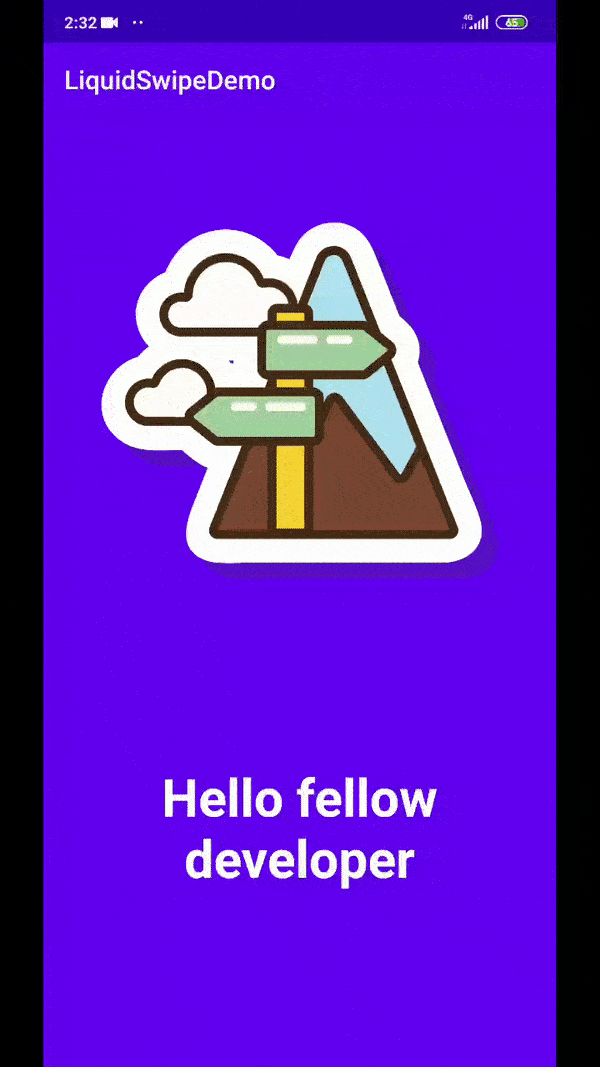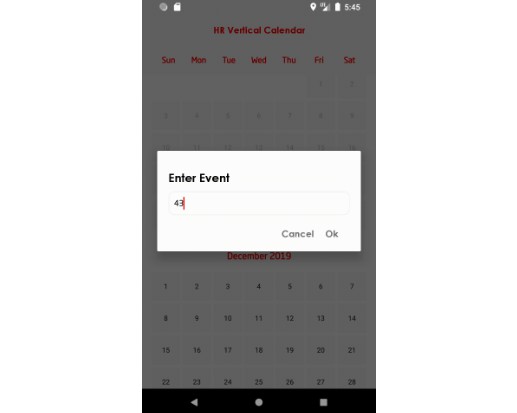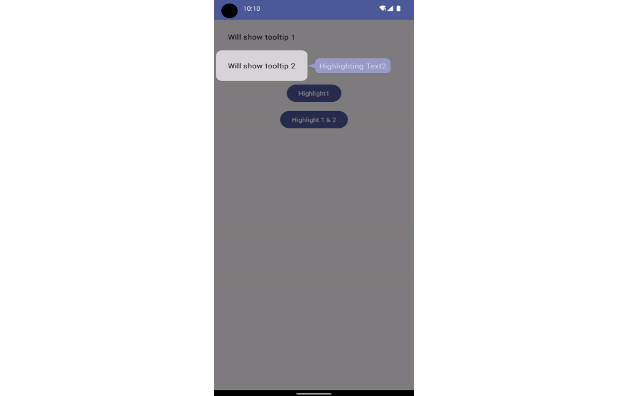LiquidSwipe
 |
 |
|---|---|
| Default | Touch Interactive |
LiquidSwipe is a viewpager library that can be used to make awesome onboarding designs. (Default Demo apk) (TouchInteractive Demo apk)
Demo app
To run the demo project, clone the repository and run it via Android Studio.
(OR)
Download the latest demo apk from releases.
Usage
Set up the dependency
- Add the JitPack repository to your root build.gradle at the end of repositories:
allprojects {
repositories {
...
maven { url 'https://jitpack.io' }
}
}
- Add the LiquidSwipe dependency in the build.gradle:
implementation 'com.github.Chrisvin:LiquidSwipe:1.3'
Use LiquidSwipeViewPager instead of the normal ViewPager
<androidx.constraintlayout.widget.ConstraintLayout
xmlns:android="http://schemas.android.com/apk/res/android"
android:layout_width="match_parent"
android:layout_height="match_parent">
<com.jem.liquidswipe.LiquidSwipeViewPager
android:id="@+id/viewpager"
android:layout_width="match_parent"
android:layout_height="match_parent"/>
</androidx.constraintlayout.widget.ConstraintLayout>
Use a LiquidSwipeLayout as the base container in the fragment layouts
<?xml version="1.0" encoding="utf-8"?>
<com.jem.liquidswipe.layout.LiquidSwipeConstraintLayout
xmlns:android="http://schemas.android.com/apk/res/android"
xmlns:app="http://schemas.android.com/apk/res-auto"
xmlns:tools="http://schemas.android.com/tools"
android:layout_width="match_parent"
android:layout_height="match_parent"
tools:context=".DummyFragment">
<!-- Fill with your views, just like you would in a normal ConstraintLayout -->
</com.jem.liquidswipe.layout.LiquidSwipeConstraintLayout>
<!-- Also supports LiquidSwipeFrameLayout & LiquidSwipeLinearLayout -->
Note : Dokka generated documentation on LiquidSwipeLayouts
And you're done, easy-peasy. ^_^
Touch Interactive - Making the LiquidSwipe wave center Y value match the touch Y value
Rather than having the wave center Y value always be layout.height/2 , it would be more aesthetically pleasing for it to be the same as the touch Y value.
The following code can be used to dynamically change the waveCenterY based on the touch position on the LiquidSwipeViewPager.
(The reason this isn't done internally in the library is because the viewpager layouts don't get the touch events when said touch events are consumed directly by the viewpager)
- In the
Activity/Fragmentclass containing theLiquidSwipeViewPager
// Create an array of LiquidSwipeCPP, one for each layout in the PagerAdapter
val liquidSwipeClipPathProviders = Array(titleArray.count()) {
LiquidSwipeClipPathProvider()
}
// Pass the LiquidSwipeCPP array to the adapter
viewpager.adapter = CustomPagerAdapter(this, liquidSwipeClipPathProviders)
// Similar logic can also be applied for your custom FragmentPagerAdapter/FragmentStatePagerAdapter
// Listen to onTouch events on the viewpager and update the waveCenterY value of the LiquidSwipeCPPs
viewpager.setOnTouchListener { _, event ->
val waveCenterY = event.y
liquidSwipeClipPathProviders.map {
it.waveCenterY = waveCenterY
}
false
}
- In the
PagerAdapter
// Set the layout's clipPathProvider to the corresponding `LiquidSwipeClipPathProvider`
(layout as? LiquidSwipeLayout)?.clipPathProvider = liquidSwipeClipPathProviders[position]
The above code has been showcased in the demo app, feel free to look at it for reference.
Note:
This is not a perfect solution, in fact some artifacts might occur due to the quick waveCenterY value jumps.
But for now, this is the cleanest solution I can think of.
Anyone else with a better solution is welcome to fork and submit a pull request. :)

Creating custom swipe animations
The concept for the ClipPathProvider in LiquidSwipe is the same as that in the EasyReveal library (If you haven't already, then you should really check it out, infact the first version of LiquidSwipe used EasyReveal as a dependency).
You can create your own swipe animation by extending the ClipPathProvider and implementing the getPath() method. getPath() provides the Path for a given percent value on the provided view. The path gotten from getPath() is then used to clip the view using canvas.clipPath(path, op) (The op value is provided by the ClipPathProvider as well). You can then set your custom ClipPathProvider to your layouts.
API Documentation
Documentation generated using Dokka : chrisvin.github.io/LiquidSwipe
Bugs and Feedback
For bugs, questions and discussions please use the Github Issues.





